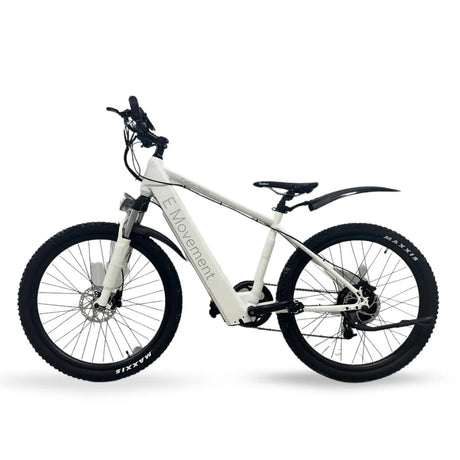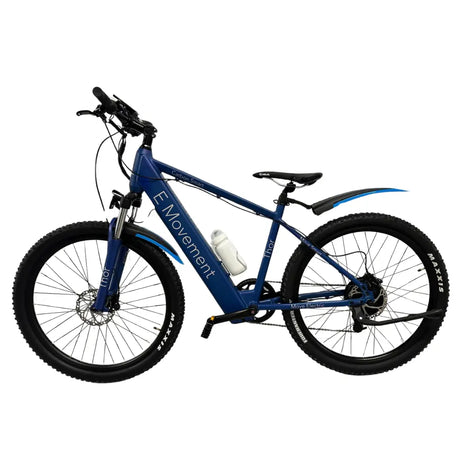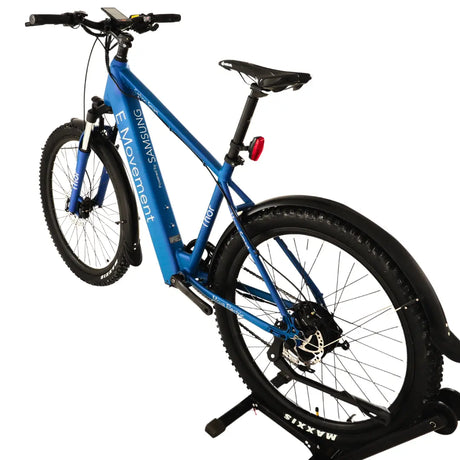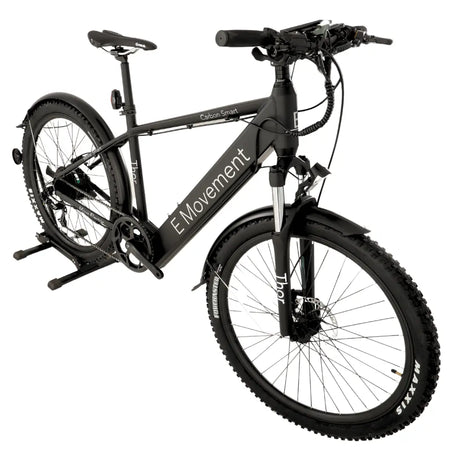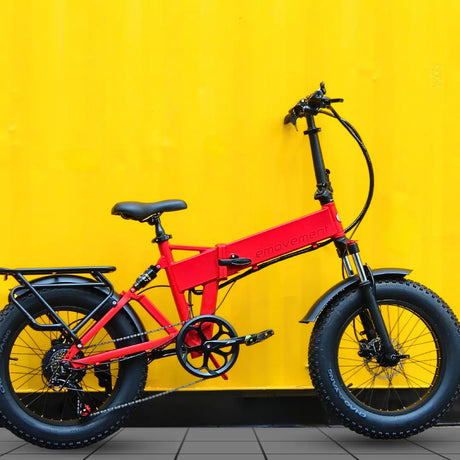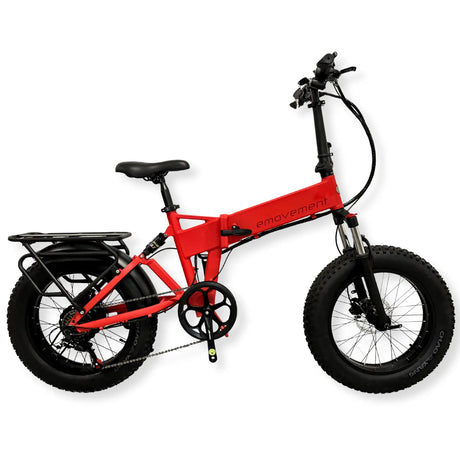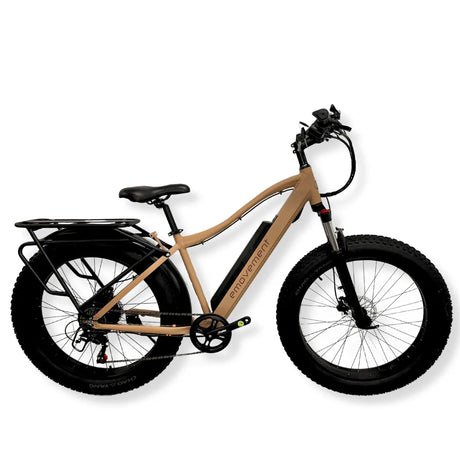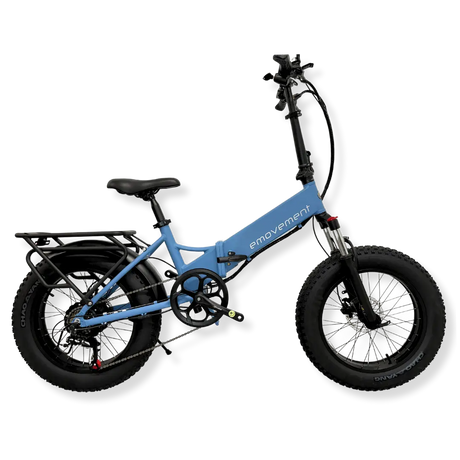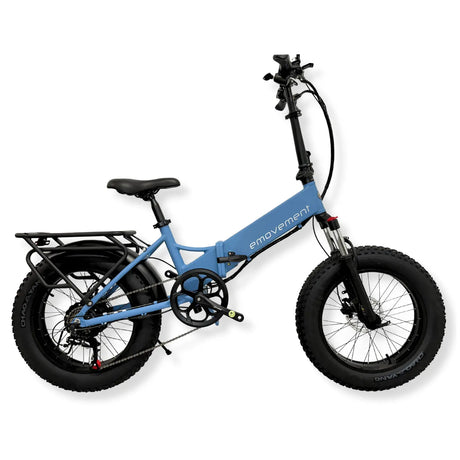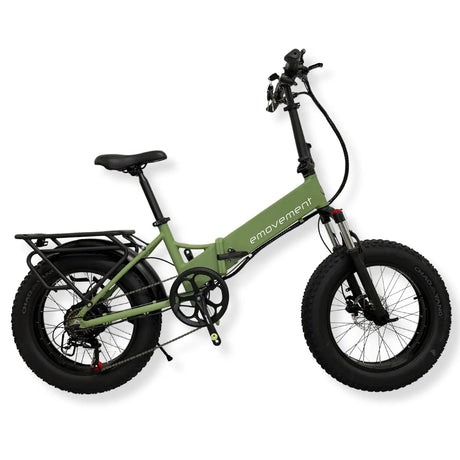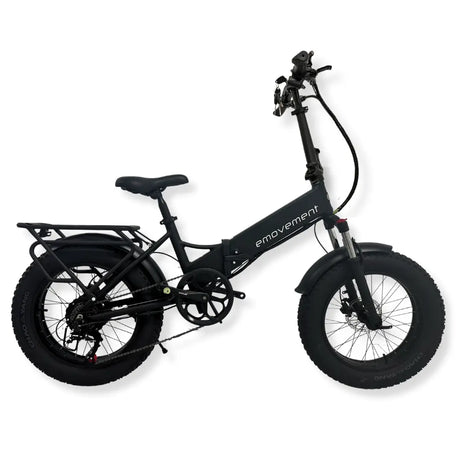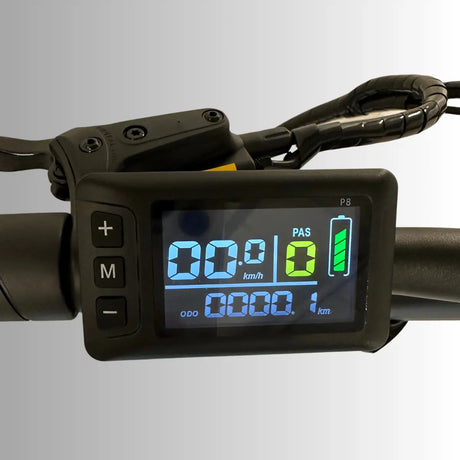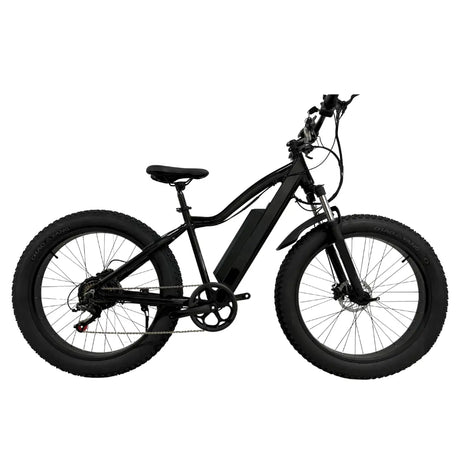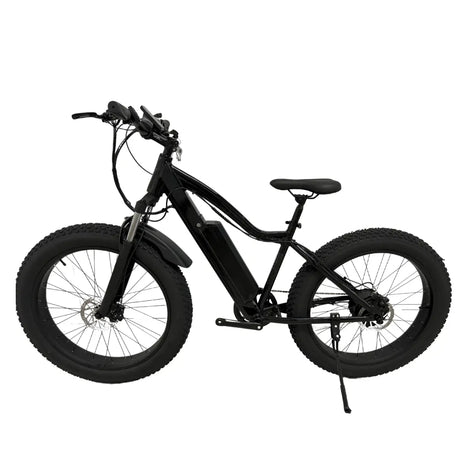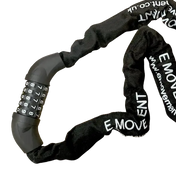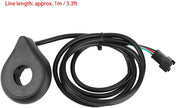Are you scared that global warming will eventually wipe out the world as we know it? Or are you more worried about how the lack of exercise may just ruin your body before the Earth falls apart? No matter your concerns, adopting a more sustainable way of living is essential. One way to achieve this is by investing in e-bikes as your primary means of commuting.
Electric bikes have become more efficient over time and are gaining popularity in the UK. In fact, statistics show that the global e-bike market is expected to generate around $53.5 billion in revenue by 2027. If you’re new to this concept, keep reading as we go over how these bikes work, their different types and benefits, and the laws associated with them in the UK.
What Is an Electric Bike or E-Bike?
Electric bikes are like regular bicycles; only, they have an additional motor that assists you in riding the vehicle. It is a hybrid form of transport where you exert some power, and some comes from the engine. The current legal assistance limit for electric bikes is 25 km/h; if you exceed this speed, the motor will no longer support your progress.
How Do Electric Bikes Work?
All you need to do to activate an e-bike is to start pedalling – it triggers a sensor and enables the motor to kick in. Various types of electric bikes are available with varying cadences, speeds, sensors, torques, etc., and the sensor can be found in different parts depending on each bike’s system. A battery has also been integrated that provides consistent electrical energy to the motor. In short, you need to put effort into cycling initially and then enjoy an easy, seamless ride once the motor starts working.
Types of Electric Bikes
Now that you have an idea about what electric bikes entail, let’s take a look at some of the different kinds they come in. You can go through our catalogue here.
1. Commuters
Commuters, or road bikes, are designed to travel long distances with fast speeds, up to 25 km/h in the UK. Whether it is commuting to work or weaving through traffic, these bikes can help you go far in a short amount of time. Commuter e-bikes are comfortable and efficient because of their large tyres, light weight, and efficient, sleek design. They may also be equipped with a rack that can carry anything from your laptop to your groceries. In some models, you can even find a lighting mechanism that turns on a safety light when your bike is on.
In the UK, you’ll find these road e-bikes with a motor power of 250W and below. Our Thor 250W, Commute, Panther 250W, and Troy can all be used as such commuters.
2. Mountain E-Bikes
Mountain bikes are used for off-road rides, such as on trails and hills. Unlike regular bikes, you won’t have to apply much effort here when ascending because of the acceleration from the motor. Since the battery and motor are positioned low and at the bike’s centre, you can enjoy stability, control, and fun when you decide to go on an adventure.
These electric bikes feature flat handlebars and wide tyres that make navigating dirt trails and rugged terrain easier, taking the fun factor to a new level for thrill seekers with a typical average speed of 27 km/h. With mountain bikes, climb steep hills fast and avoid suffering from intense exertion.
We recommended Thunder 500W and Panther 500W, Hunter Plus 350W because they make for excellent mountain bikes due to their fat tyres, powerful motors, and durability. If you aren’t looking for too thick of tyres, even Thor 350 W can help you ace that terrain.
3. Fat-Tyre E-Bikes
Staying true to its name, a fat-tyre e-bike has bigger tyres than a standard bike’s. A standard bike’s tyre width ranges from 1.75 to 2.21 inches wide, whereas fat tyres are typically between 3.7 and 5.2 inches wide. The tyres don’t require a separate suspension system because they create their own.
Accelerating on speeds that are allowed up to 25 km/h here, fat-tyre bikes are well-suited for riding on sand, mountains, or snow. The tyres’ width offers additional stabilisation on bumpy, slippery terrains as well as off-road trails. However, you shouldn’t expect fat-tyre bikes to compete with road bikes- they’re built for durability, not high speeds.
4. Folding E-Bikes
One immensely useful type of electric bicycles is the folding e-bike. It can be folded into half or thirds, enabling you to fit a full-size bike in considerably small areas. Whether taking your bicycle with you on public transport or jamming it in the back of your car’s trunk, folding bikes are convenient and allow you to transport both yourself and them with ease.
If you live in a tiny house or an apartment, they also won’t take up much storage space. Folding e-bikes are manufactured with narrow handlebars, thin tyres, and smaller wheels with a maximum riding speed of – you guessed it – 25 km/h. However, now, many fat tyre folding e-bikes are also available in the market.
5. Step-Through E-Bikes
With step-through e-bikes, you won’t have to worry about mounting them by lifting your legs very high – you can simply pass your legs through the frame. They’re designed for casual, enjoyable rides and offer a very comfortable upright riding position. If you suffer from mobility issues like arthritis, this is the electric bike you should opt for. A step-through ebike can be used by people of all ages because it is incredibly easy to handle.
Fat Tyres vs. Thin Tyres
Fat tyre e-bikes have wider tyres designed for cruising uneven roads and rough terrain, continuing to be preferred by avid mountaineers and outdoor cyclists. If you often ride on loose gravel or sand, purchasing a fat-tyre bike is recommended because it will help with balance and seamless control.
In contrast, thin tyres are narrower and typically used for city-road cycling like commuting and racing. These e-bikes are fast and easy to handle due to the tyres’ firm grip, smoothness, and trim shape. The tyres’ width can be anywhere between 1.5 to 2.5 inches and the gears don’t require a complex mechanism to be adjusted. Thin-tyre bikes are lightweight and perfect for light riding and enjoying the scenery around you.
Pedal Assist vs. Throttle
With a pedal-assist e-bike, your bicycle’s motor is only engaged when you pedal. On the other hand, throttle electric bikes use a throttle that engages the motor and moves the vehicle without having to pedal.
UK’s Electric Bike Laws
If you wish to ride an electric bike, most types don’t require a licence in the UK. You don’t need one if your e-bike has a motor rating of up to 250 W and a pedal assisted speed of 25 km/h. If your bike has throttle, then the throttle assisted speed shall not be more than 6kmh. Higher motor powers with throttle, etc., are not allowed on UK roads; they can only be used at private places if permitted. You must also be older than 14 to ride an electric bike. For more details, you can visit the government’s website here.
Benefits of E-bikes
In this section, we’ll explain why electric bikes are worth it:
1. They’re Fast
The more effort you put into pedalling, the more significant the boost and the faster you’ll ride. Unlike motorcycles, e-bikes enable you to stop propelling once you hit 32 to 45 kilometres per hour. Not only can you enjoy the scenery on the way, but you can also get to work on time.
On models like Thor, you can control how much motor assistance you require and change the boost settings from ‘eco’ (low) to ‘turbo’ (high) depending on your mood or the terrain you’re driving through.
2. Fitness and Fun
The great thing about an e-bike is that it’s entirely up to you when you want to pedal or not. If you want to exercise and stay in shape, you can rely less on the motor to push you places. In contrast, on days you’re tired, you will have assistance to get home without pedalling. Electric bike rides are more enjoyable than a standard bike because you have more flexibility to ride them how you want and attain faster speeds.
3. Reduced Costs
Although electric bikes are more expensive than regular bikes, they are much cheaper than cars and don’t run on costly fuel. You can buy one in a price range from £1000-10,000 based on the kind of bike you want and the different features available. Using e-bikes will save you a lot of money in the long run because the batteries are affordable and last you around 30-100 kilometres after a full charge.
Endnote
Most people don’t realise it, but e-bikes are the future of cycling – they can change your habits, save your money and the environment, and energise your ride. They’re environmentally friendly, quiet, and a lot of fun for many people. If you haven’t already, research your e-bike options now and choose a better tomorrow!


